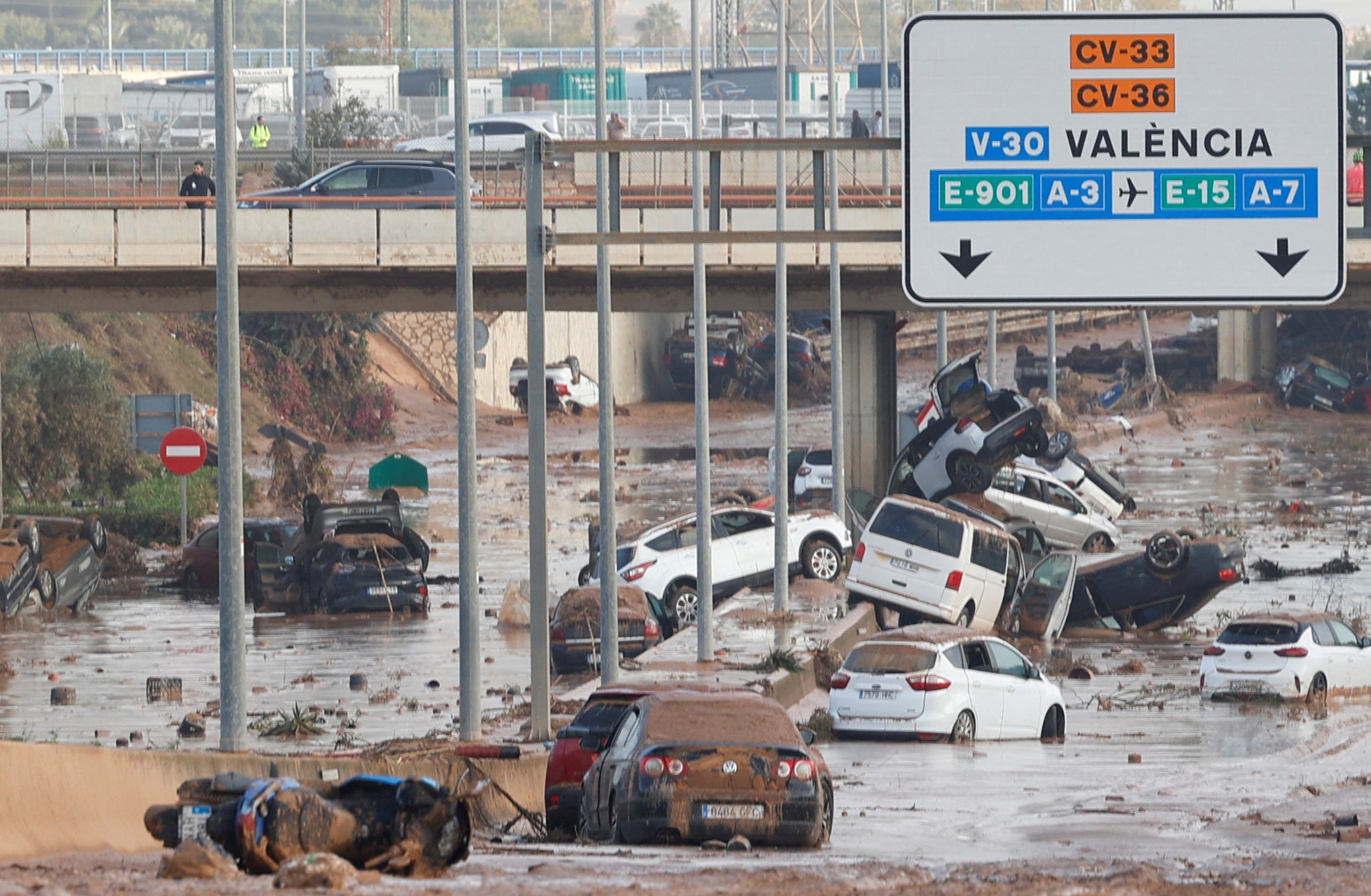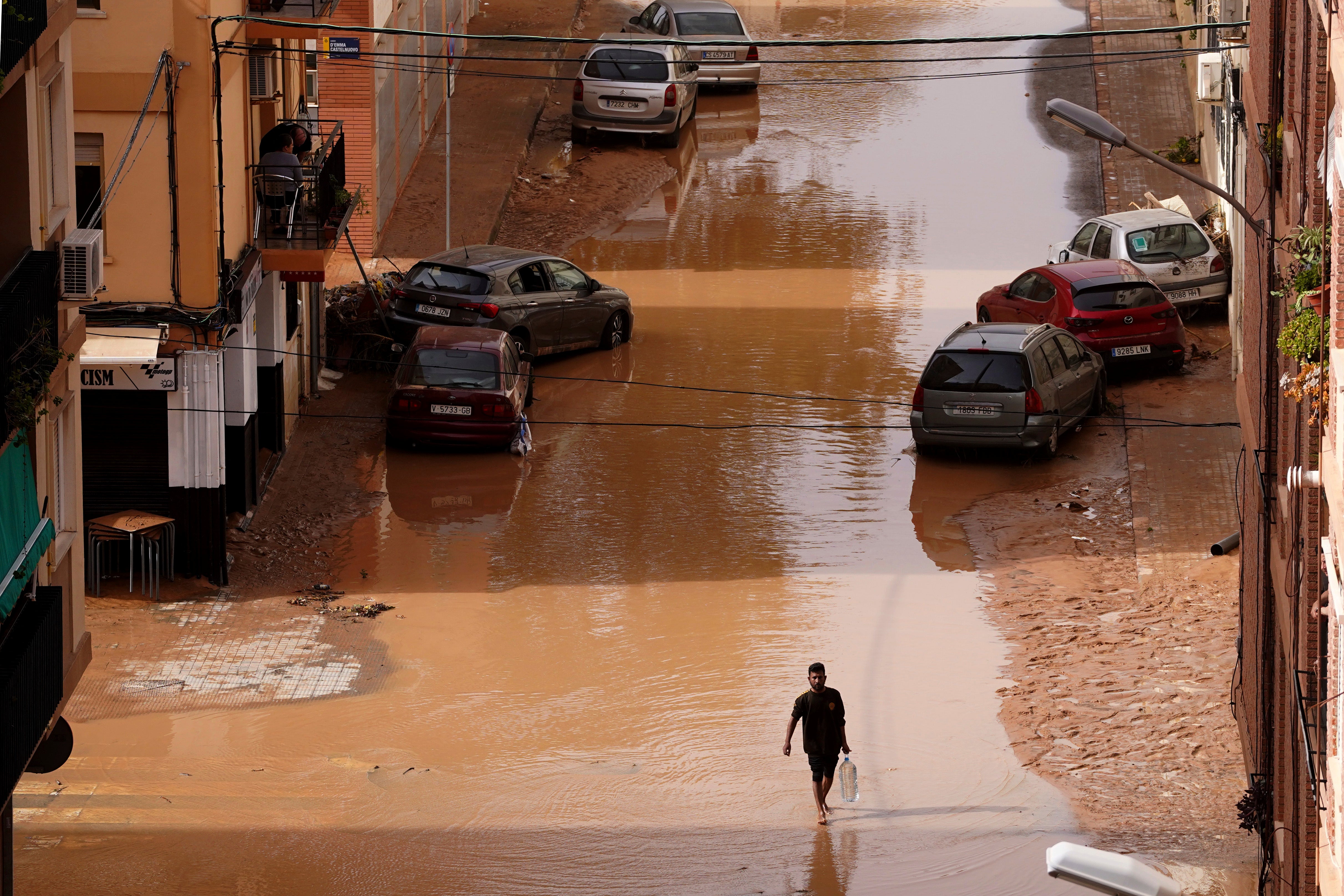
As emergency services continue to search for those still missing in Spain, many are questioning what caused the devastating flash flooding which has killed at least 217 people.
Dubbed “the flood of the century”, rainfall last Tuesday saw wide swathes of southern and eastern Spain completely destroyed by torrents of muddy water.
With cars tumbling down streets in Valencia and village roads turned to rivers, the army was drafted in to assist in the ongoing rescue operation.

The region is known to be particularly vulnerable to torrential autumn downpours, caused by a weather phenomenon known as the “cold drop” or DANA.
However, the destructive weather system is believed to be worsening in the wake of climate change, accumulating in the flash flooding being the worst the region has seen in three decades.
From weather phenomena to flood defences: here is what may have accelerated Spain’s deadly flash floods:
The ‘cold drop’
A “cold drop” is a term used in Spain and France to refer to a weather phenomenon that is observed every autumn sparking torrential rain.
Otherwise known as the DANA weather system, it has occurred for many years on Spain’s Mediterranean coast but scientists believe it is being made increasingly worse by climate change.
It happens when cold air meets the warm, moist air over the Mediterranean Sea, the hotter air rises rapidly to form vast rain clouds quickly. These water-laden clouds can remain in the same area for many hours, raising their destructive potential.
Eastern and southern Spain are particularly susceptible to the phenomenon due to their position between the Atlantic Ocean and the Mediterranean Sea.

Climate change
Aemet, Spain’s meteorological agency, said Valencia had seen “the most adverse cold drop of the century” prior to the floods.
The increase in torrential rain has likely been impacted by climate change with an Aemet spokesperson telling local media: “It is not possible for air and sea temperatures to be increasing and everything else to remain the same.”
The forecaster added that not only has the temperature change intensified the phenomenon and torrential rain, but it has also made them more frequent.
The increased summer heat has also meant the ground in Valencia is harder and less able to absorb the excessive amount of water.

Flood defences
Since the storm, many have argued Valencia’s flood defences are not strong enough to handle such extreme weather.
The region is particularly at risk of flash flooding – due to its hard ground and vulnerability to the “cold drop” – but its infrastructure has been unable to protect its residents.
Spain’s civil protection service did not issue an alert warning residents not to leave home until after 8pm on Tuesday 29 October – too late for the many already trapped on roads.
Residents have also said the drainage was inadequate, especially for smaller towns near rivers.







